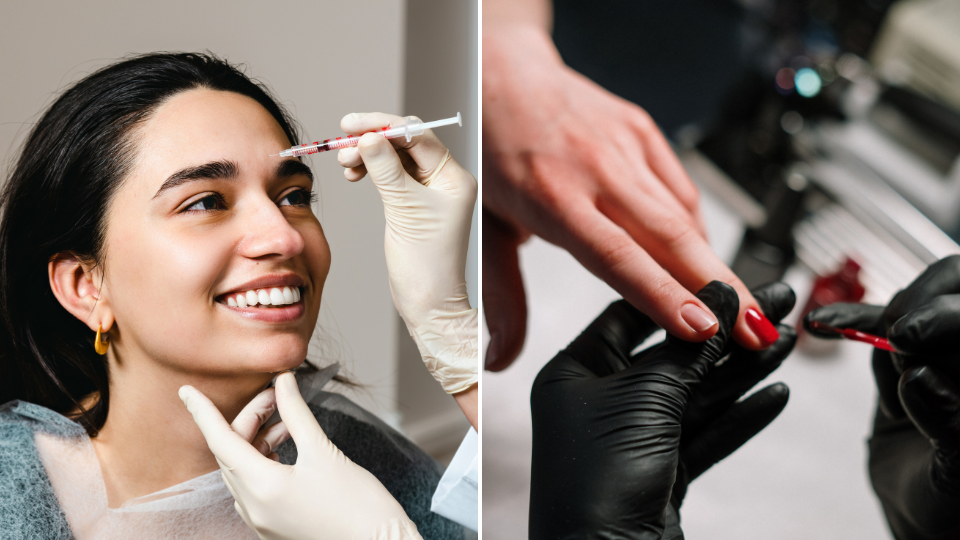Scars are left behind on the skin after a wound or injury has healed. They are actually a part of the healing process. There are a number of factors which will affect how long it takes for the skin to heal, such as the size and location of the wound itself, the age of the person and their skin type and skin colour. A more noticeable scar is the result of the skin taking a longer amount of time to heal.
Scars are permanent, however they do fade over time. Generally, after a period of about two years, a scar is unlikely to fade any further. Depending on the type of injury which caused the scar in the first place, the physical appearance of scars can vary quite significantly;
- Hypertrophic scars – these are red, raised scars and may be itchy or painful. They can remain for up to five years.
- Keloid scars – these are caused by an excess of scar tissue at the site of the wound. They are often raised and itchy.
- Atrophic (pitted) scars – these are generally the result of a skin condition such as acne or chickenpox. They have a sunken appearance.
- Contracture scars – these are caused by the skin tightening and pulling together. They can restrict movement in the area and tend to be caused by a burn.
There are different treatments available to minimise the appearance of scarring. The treatment that is most suitable for you will depend on the type of scar that you have.
Scars Treatment
For particularly deep scars, a dermal filler can be injected to literally fill the sunken area.
A roller or microneedling pen containing lots of tiny needles is rolled over the skin. This causes very minor damage to the surface of the skin, which encourages the body to produce new collagen and elastin in order to repair itself. The build up of new collagen underneath the skin results in pitted scars, such as acne scars, being plumped up.



